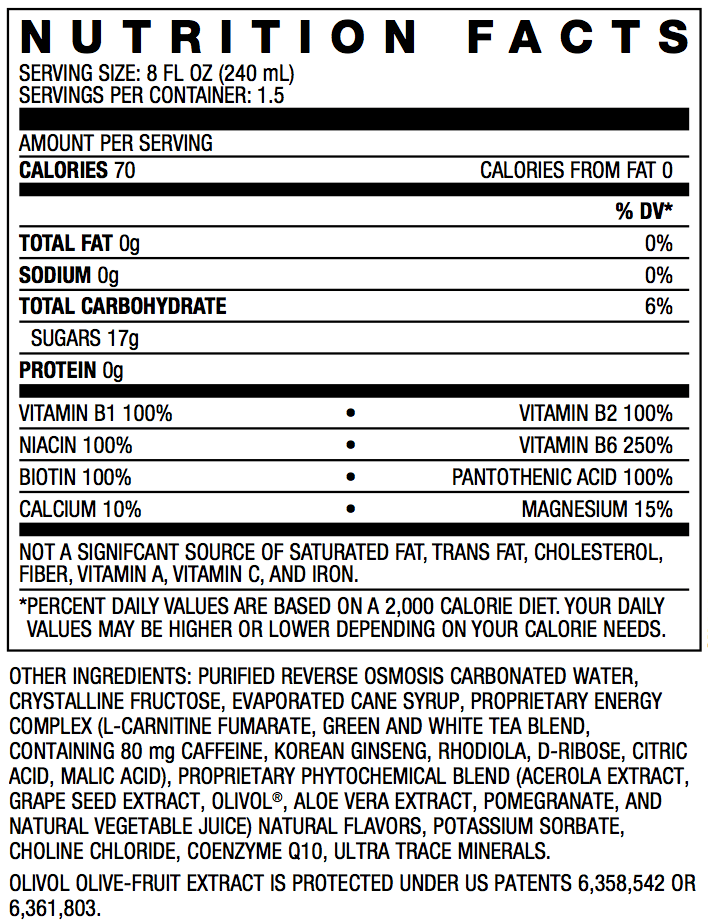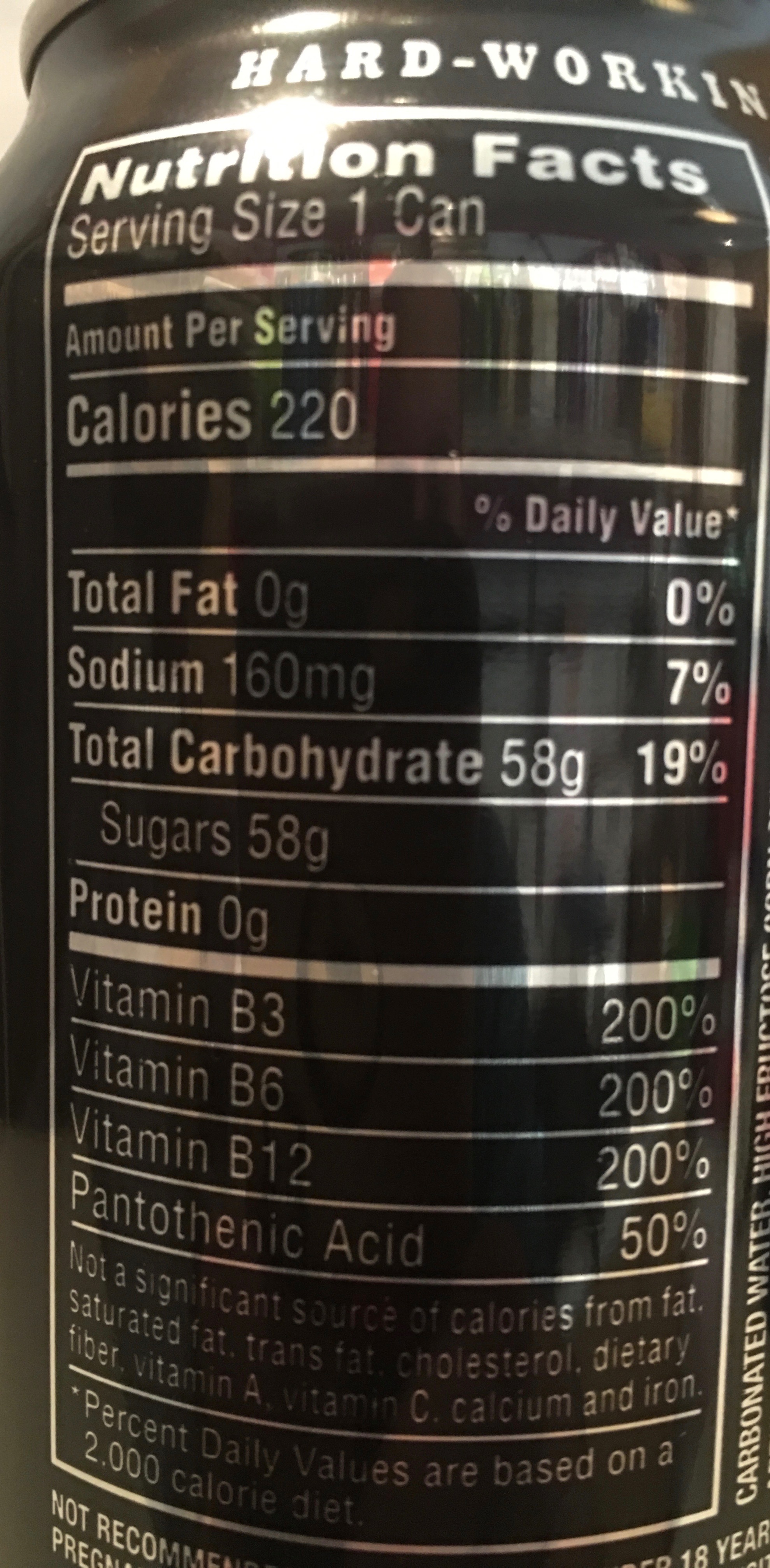

There was a significant dose effect only for jolt and crash episodes. Weekly jolt and crash episodes were experienced by 29% of users, 22% reported ever having headaches, and 19% heart palpitations from consuming energy drinks.

The majority of users consumed one energy drink to treat most situations although using three or more was a common practice to drink with alcohol while partying (49%). The majority of users consumed energy drinks for insufficient sleep (67%), to increase energy (65%), and to drink with alcohol while partying (54%). Resultsįifty one percent of participants ( n = 253) reported consuming greater than one energy drink each month in an average month for the current semester (defined as energy drink user). Methodsīased on the responses from a 32 member college student focus group and a field test, a 19 item survey was used to assess energy drink consumption patterns of 496 randomly surveyed college students attending a state university in the Central Atlantic region of the United States. The purpose of this study was to determine energy drink consumption patterns among college students, prevalence and frequency of energy drink use for six situations, namely for insufficient sleep, to increase energy (in general), while studying, driving long periods of time, drinking with alcohol while partying, and to treat a hangover, and prevalence of adverse side effects and energy drink use dose effects among college energy drink users. Although energy drinks are targeted to young adult consumers, there has been little research regarding energy drink consumption patterns among college students in the United States.

Energy drink consumption has continued to gain in popularity since the 1997 debut of Red Bull, the current leader in the energy drink market.


 0 kommentar(er)
0 kommentar(er)
